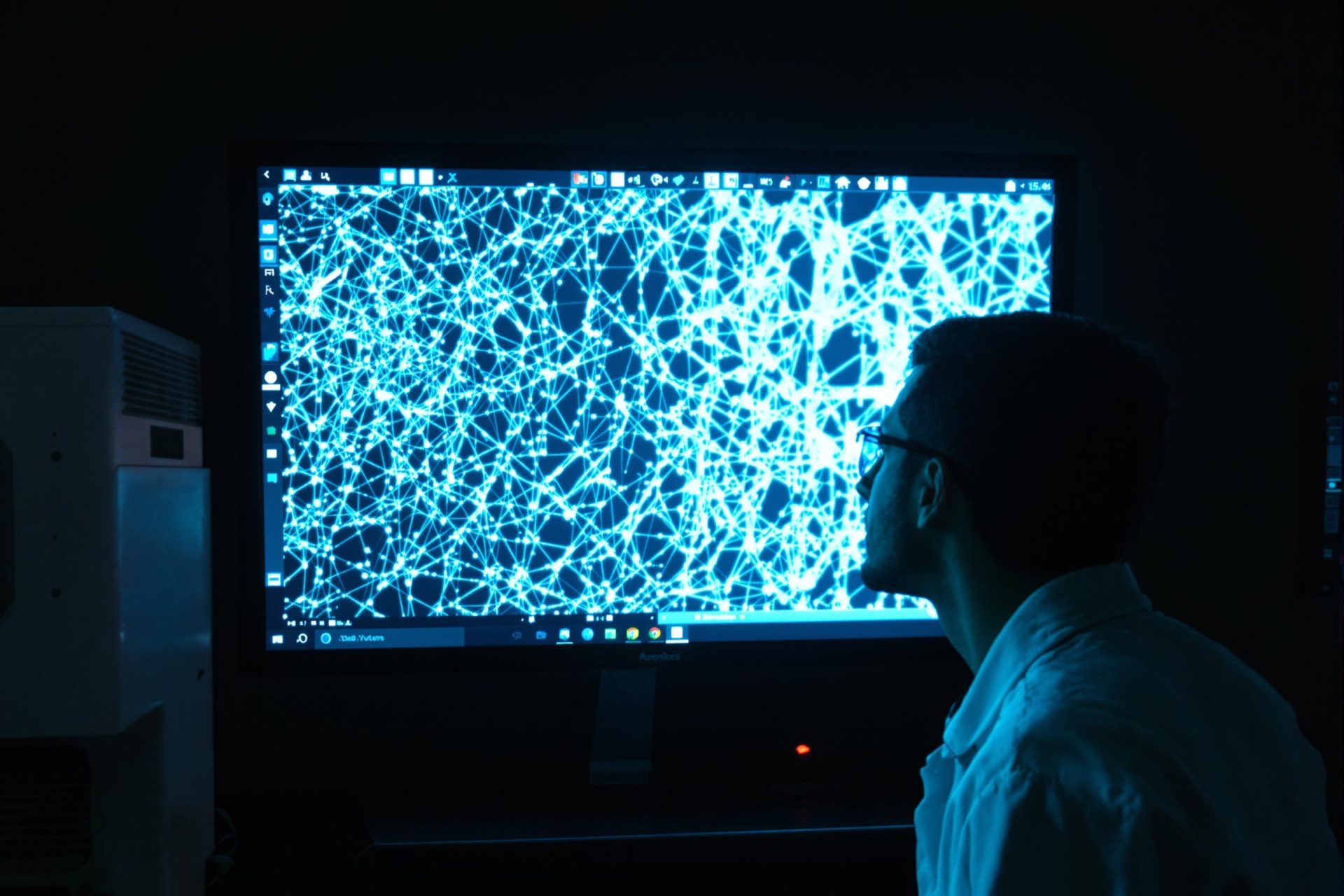Key Takeaways
- Scientists used artificial intelligence to solve a 100-year-old puzzle involving the structure of tiny crystals.
- Understanding these nanocrystal structures is key to developing more powerful, longer-lasting batteries and advancing other technologies.
- A new AI tool, PXRDnet, learned structural patterns from thousands of known materials to decipher previously unreadable data from nanocrystals.
- This breakthrough significantly expands researchers’ ability to study and identify new nanomaterials.
Researchers in the US have cracked a scientific challenge that stumped experts for a century, potentially accelerating the creation of next-generation batteries.
The puzzle involved figuring out the precise atomic arrangement inside nanocrystals. These microscopic materials are vital for improving everything from electronics to energy storage, but their messy, powdered form made them difficult to study.
Traditional methods use X-rays on large, perfect crystals, producing clear patterns. However, these techniques failed with nanocrystals, which scatter X-rays into patterns too complex to decode – until now.
A team at Columbia Engineering developed a specialized artificial intelligence algorithm to tackle the problem. This AI, called PXRDnet, analysed the jumbled patterns produced by nanocrystals.
Simon Billinge, a professor involved in the project, explained that the AI learned from a huge database of known atomic structures. “Just as ChatGPT learns the patterns of language, the AI model learned the patterns of atomic arrangements that nature allows,” he said.
This AI tool can now determine the structure of crystals smaller than a human hair is wide, opening up a whole new range of materials for scientists to explore.
According to The Independent, this marks a huge leap forward in materials science. It also showcases the remarkable progress of AI.
Gabe Guo, who led the project, noted how far AI has come, recalling when distinguishing cats from dogs was a challenge. “Now, studies like ours underscore the massive power of AI,” he added.
Hod Lipson, another researcher at Columbia Engineering, expressed excitement that AI could solve a puzzle baffling humans for so long with relatively little background knowledge in physics. “This is a sign of things to come for many other fields,” he commented.
The findings were published Monday in the scientific journal Nature Materials.



